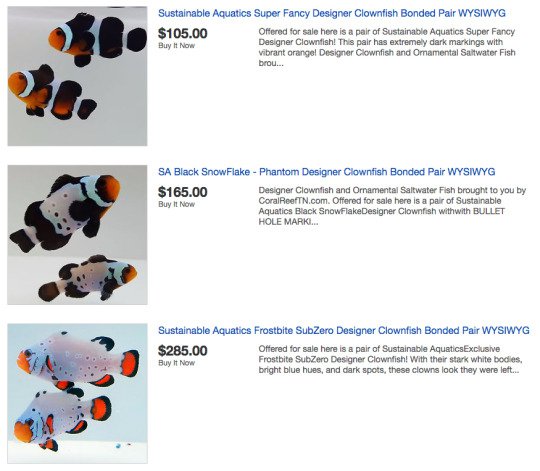Disney’s Finding Dory made quite the splash at the box office. The film franchise that started in 2003 with Finding Nemo has made a pretty big impact in the worlds of family entertainment and marine ecosystems. Will Finding Dory impact marine life?
Disney is no stranger to movie-making magic. This is a massive economic industry. The films gross huge amounts of revenue, but so do the affiliated products like roller coasters, franchise series, and merchandise, of course. The Star Wars franchise is estimated to be worth around $30 billion alone. This includes Yoda cookie cutters, Chewy mugs, R2 mouse pads, and so on. Similarly, movies like Finding Nemo and Finding Dory encourage another type of “merchandise,” the fish themselves!
In 2003 when Finding Nemo came out, the world saw a massive spike in the sale of clownfish. Disney’s distribution hits nearly all parts of the globe which is why it’s no surprise that demand for clownfish in personal aquariums was felt all over our planet. Having an aquarium is a great way to understand more about the many aspects surrounding fish and marine systems, but there’s a trade-off to be considered as well.
Nearly 90% of the clownfish sold during the box office rein of Finding Nemo were pulled from the wild. This put a massive strain on the ecosystems where these clownfish were naturally found. Each species plays a vital role in their ecosystem and tampering with that fragile balance can have long standing impacts. Captured breeding programs have already been set up to address the demand of blue tang fish, like Dory. These programs have been put in place to avoid having large populations of these fish disappear from their natural habitats where they play a vital role in keeping the balance of that ecosystem.

Behavioral ecologist Culum Brown has a word for families excited about the movie and looking forward to their first attempt at a salt-water marine aquariums, “don’t.” A salt water aquarium is not the easiest for a beginner. Also, in addition to difficulty, there is an additional issue of legality. A lot of these exotic fish are collected illegally with environmentally destructive practices. The hope is that between captured breeding programs and enforcing strict guidelines on how these species are sold, we’ll be able to minimize the environmentally harmful effects that were made noticeable in the Finding Nemo days.
But wait, there’s more! These movies are not the only way we’re seeing an impact on these precious marine systems. Every day we see more effects from climate change including new behaviors in species as well. In a recent study different species of clownfish were found living together. As the bleaching of corals continues, some of these fish are finding roomies and working out shared living arrangements. The dominant species would take the core (or safer) part and the subordinate species will settle for fringe living spaces. Observing this information is vital to knowing how these species may adapt to the many changes facing the world’s oceans. These studies will also serve as valuable means by which conservationists can plan and coordinate efforts.
There are many problems that we seem to be facing here, but there is some hope as well. Environmental protection fans sent Disney a message, loud and clear. A petition was created to make sure that Disney will run important conservation information on the big screen before the movie starts. The goal here is for audiences to be brought up to speed on biodiversity and the role that these fish play in the natural world. The petition has almost reached its goal but needs a few more supporters. Get involved!


